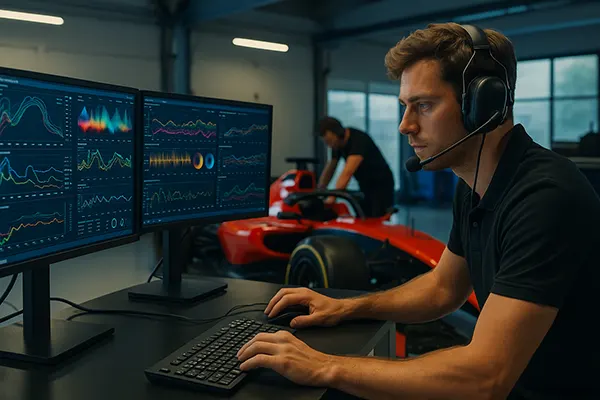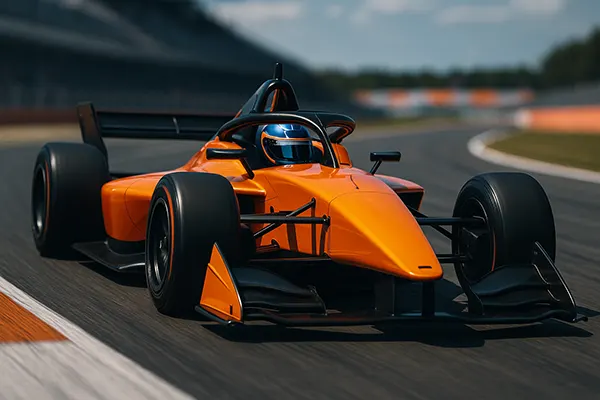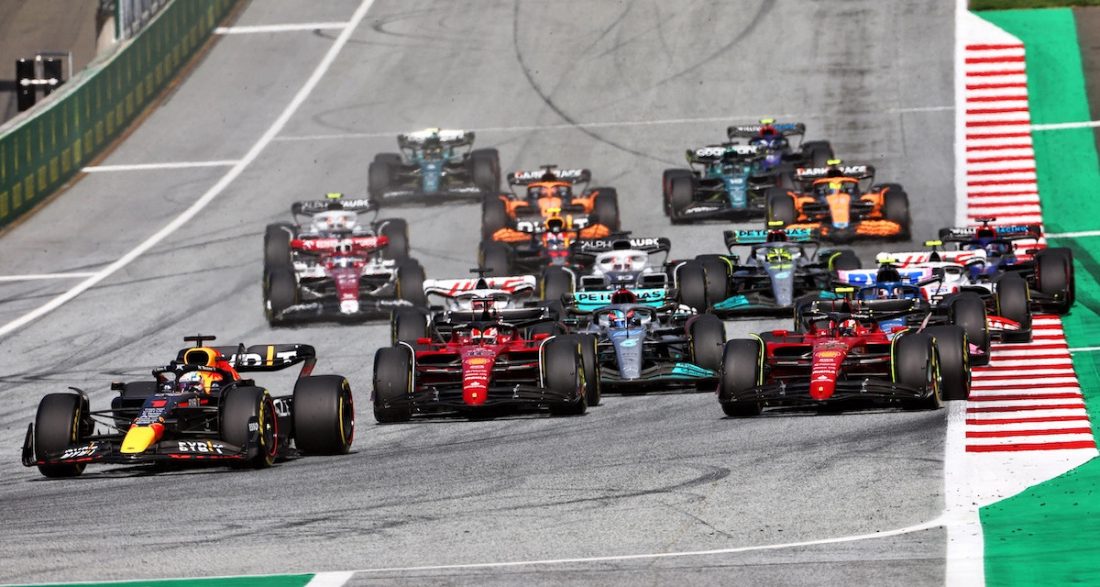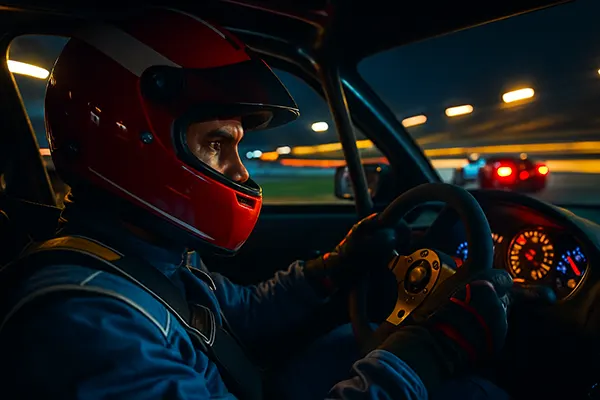
Psychological Preparation of Drivers for Night Races: A Neuroscientific Perspective
Night racing challenges not only a driver’s reflexes and vision but also their mental endurance and psychological flexibility. The human brain must adapt to limited visibility, irregular circadian rhythms, and heightened stress levels, all while maintaining laser-sharp focus at high speeds. Neuroscientific research reveals that successful preparation for such conditions involves far more than basic training — it demands fine-tuned cognitive conditioning, emotional regulation, and strategic sensory adaptation. This article explores how drivers can prepare mentally for night races through the lens of neuroscience.
Visual Processing and Adaptation in Low-Light Environments
One of the most pressing challenges during night races is reduced visual input. Neuroscientific studies confirm that the brain must rely more heavily on peripheral vision and motion detection under low-light conditions. The rods in the retina become more active than cones, altering how information is processed and reducing colour perception.
To adapt, elite drivers undergo specific visual training to enhance their scotopic vision — the eye’s ability to see in dim light. Exercises may include contrast tracking, dynamic light exposure drills, and simulations that mimic headlight glare and fast-approaching obstacles.
This targeted training increases a driver’s ability to react to changing visual stimuli, even when traditional depth cues and colour indicators are limited. More importantly, it strengthens neural connections between the visual cortex and the motor regions responsible for steering and braking.
Neuroplasticity and Visual-Motor Synchronisation
Neuroplasticity — the brain’s ability to rewire itself — plays a key role in night driving preparation. Continuous exposure to night race simulations can lead to lasting improvements in how the brain coordinates eye-hand responses. Research has shown that regions like the cerebellum and premotor cortex show increased activity after such exposure.
Through repetition, the brain refines the synaptic efficiency of key circuits that manage rapid decision-making and motor coordination. This helps the driver maintain consistency under night race pressures, where milliseconds count.
Synchronising visual inputs with motor commands becomes second nature. The brain begins to predict motion patterns based on subtle environmental cues, reducing mental load and increasing reaction efficiency.
Managing Circadian Disruption and Sleep-Deprivation Effects
Night races often disrupt the body’s circadian rhythms, causing decreased alertness and slower cognitive processing. Neuroscience suggests that these impairments are linked to reduced activity in the prefrontal cortex — the region responsible for judgement, focus, and decision-making.
To combat these effects, drivers undergo chrono-conditioning. This involves gradually shifting sleep-wake cycles in the days leading up to the race and using timed light exposure to reset the biological clock. Strategic napping and caffeine micro-dosing are also commonly employed to reduce sleep debt without over-stimulating the nervous system.
Moreover, neurofeedback tools are used to monitor brainwave activity in real time, helping teams identify cognitive fatigue and apply targeted interventions such as meditation or binaural audio stimulation to rebalance cortical activity.
Stimulant Response and Cortical Arousal
The controlled use of stimulants such as caffeine or L-theanine targets the thalamus and brainstem to boost cortical arousal levels. However, tolerance and overstimulation can backfire, leading to jitteriness and decreased fine-motor precision.
Hence, drivers are individually tested for optimal dosages based on EEG feedback. Neuroscientific assessments measure alpha and beta wave ratios, which are indicators of alertness and anxiety levels respectively, to fine-tune stimulant intake for peak performance.
This approach ensures that neurochemical modulation supports sustained attention without compromising emotional balance or physical control, which are both critical in unpredictable night racing conditions.
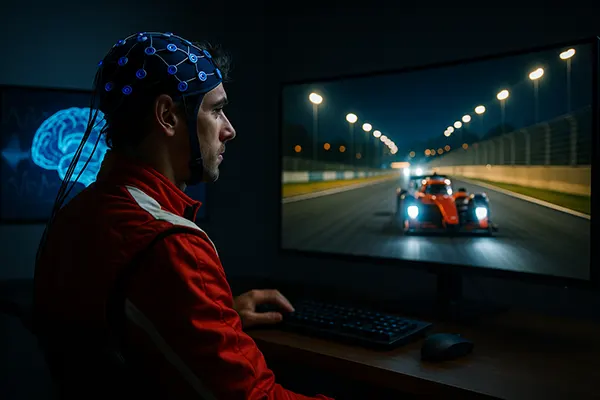
Emotional Regulation and Stress Resilience Under Pressure
High-stakes environments such as night races evoke intense emotional responses, often leading to overreactions or tunnel vision. Neuroscience pinpoints the amygdala as the centre of emotional processing, particularly for fear and stress.
To regulate this, drivers employ cognitive reappraisal strategies — consciously reinterpreting potentially threatening stimuli to reduce amygdala activation. Mindfulness training and controlled breathing exercises also activate the parasympathetic nervous system, promoting calm and focused mental states.
These techniques are rooted in neuroscience and have been shown to strengthen the prefrontal cortex’s ability to downregulate the amygdala, a mechanism essential for making rational decisions under emotional strain.
Heart-Brain Coherence and Performance Stability
Recent neurocardiology research reveals that emotional states affect not only brain activity but also heart rate variability (HRV). High HRV correlates with better adaptability and resilience under stress. This interplay is often referred to as heart-brain coherence.
Drivers now use biofeedback devices to train in achieving optimal HRV before races. By synchronising breathing patterns and heart rhythms, they enhance executive function and reduce mental noise — crucial during night-time competition.
Ultimately, the combination of mental clarity and emotional regulation contributes to better split-second decisions, fewer errors, and greater long-term consistency during night races, even in chaotic conditions.


